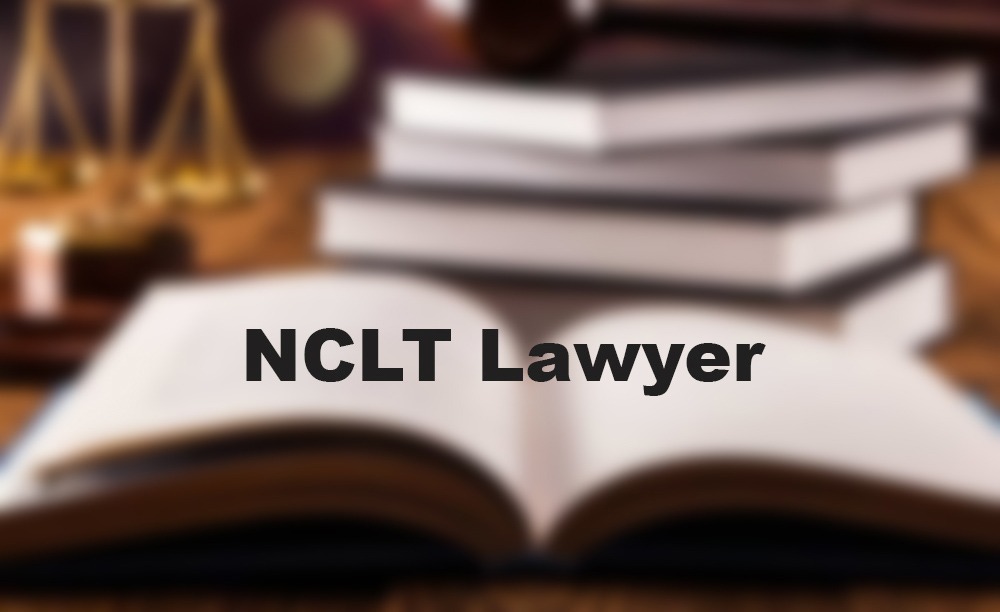Henderson, J.@mdashThe Appellant has been convicted by the learned Additional Sessions Judge of Bakarganj, sitting with a jury, of an offence punishable under sec. 302 of the Indian Penal Code, for the murder of her husband, and sentenced to transportation for life. The verdict was by a majority of five to four. It is not necessary to set out the facts of the case, in order to deal with the points which have been urged before us. The only real point of law raised is one with regard to the jurisdiction of the Court. It is set out in Ground No. 1 in the petition of appeal in these terms:--
For that the trial was vitiated by non-compliance with sec. 326 of the Code of Criminal Procedure.
2. The facts which affect this matter are as follows: The trial was taken up before a certain jury. In the course of the trial, the Appellant objected to a certain juror on grounds which were not really very serious. However, the learned Judge gave effect to her objection and discharged the jury. He summoned another jury, selected certain jurors by lot and then proceeded with the trial. One of the jurors selected intimated to the Court that he had heard something about the case and he was discharged. Another juror was then selected by lot to fill the vacancy. The Appellant never objected to any of these jurors. Thus there can be no question that no injustice of any kind has been done to the Appellant. The learned Judge went out of his way to discharge the jury at her request and then selected another one to which she never raised any objection.
3. The criticism made of the learned Judge''s procedure is this that instead of summoning certain gentlemen living in the locality, he should have drawn lots from the total number of jury-men, under the provisions of sec. 326 of the Criminal Procedure Code. Reliance was placed upon the Full Bench decision Kedar Nath Mahato v. King-Emperor 32 C.W.N. 221 (F. B.) (1927). That decision affords no assistance at all, because the learned Judges were dealing with a later stage of the proceedings, that is to say, what the Judge has to do when the trial is actually taken up. It throws no light upon the meaning of sec. 326. The plain fact of the matter is that none of the decisions cited are of any real assistance, because we are now dealing with a particular case outside the scope of the Code altogether, in which a Judge has discharged a jury by virtue of his inherent power and then has to get on with the trial of the case. It is only necessary to read sec. 326 to see that it has no kind of application to such a case. That section deals with the summoning of the jurors for a particular Session. It has really no concern with individual cases at all. It is quite true that if this particular jury had no jurisdiction to try the case, we should be bound to upset the verdict, however unreasonable such a course might be, and whatever injustice it might actually cause. But here we need only say that sec. 326 has no application. It is not even contended that any prejudice has been caused to the Appellant by the procedure adopted by the learned Judge, and there is no reason why we should interfere with the verdict.
4. The only other point taken was that the learned Judge was not correct in what he told the jury about the law with regard to confessions. This criticism is undoubtedly well-founded. We had to consider the question only the other day and it is not necessary to repeat what we said then. The answer to it however is that in this case there never was a confession. So far from confessing, the Appellant made an exculpatory statement which contained an admission that she actually administered the food in which the poison was contained. Both the points having failed, the appeal must be dismissed.
Cunliffe, J.
I agree.

